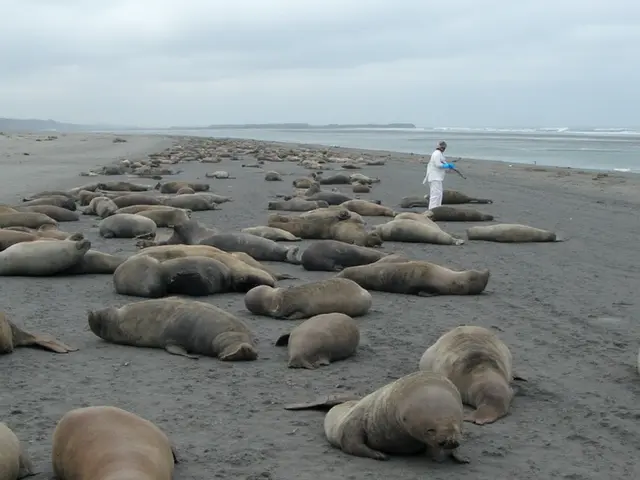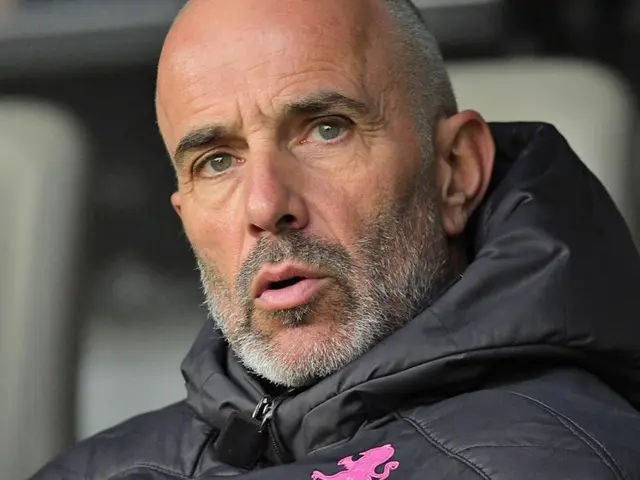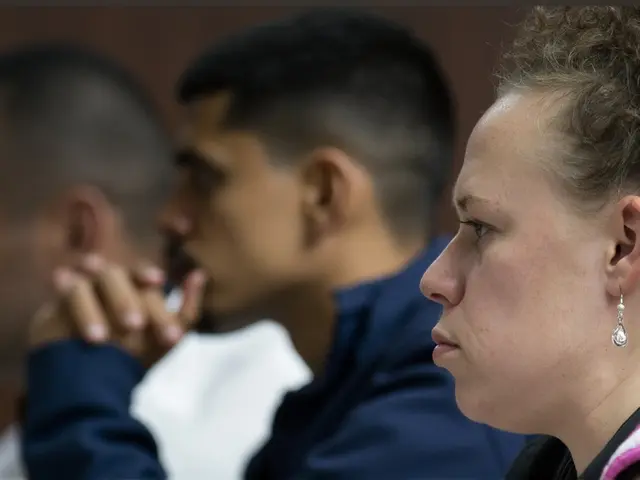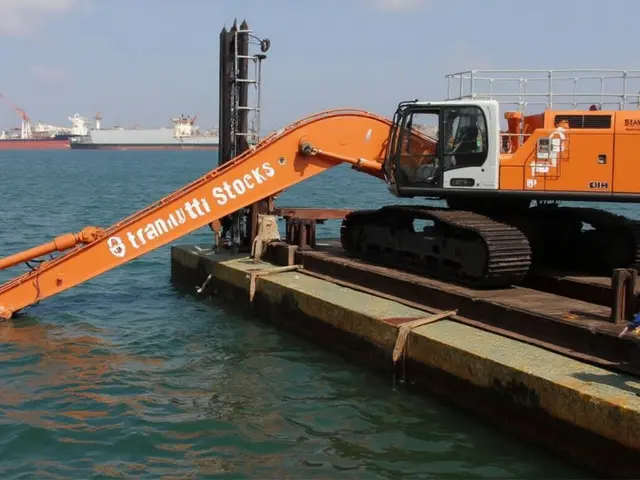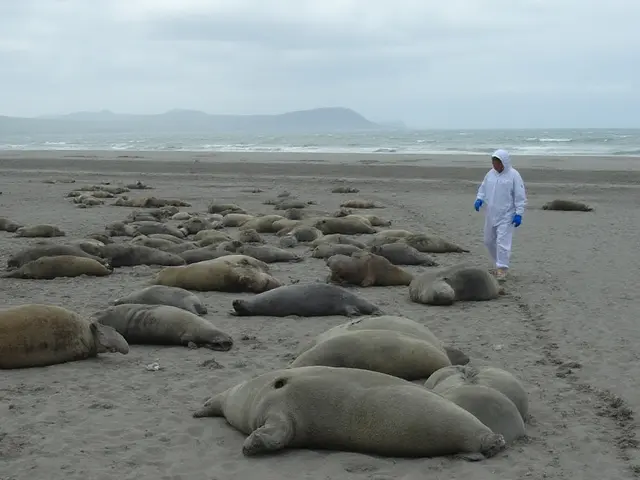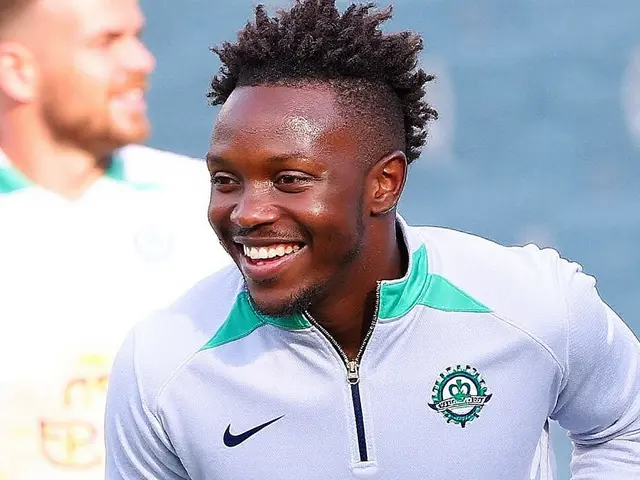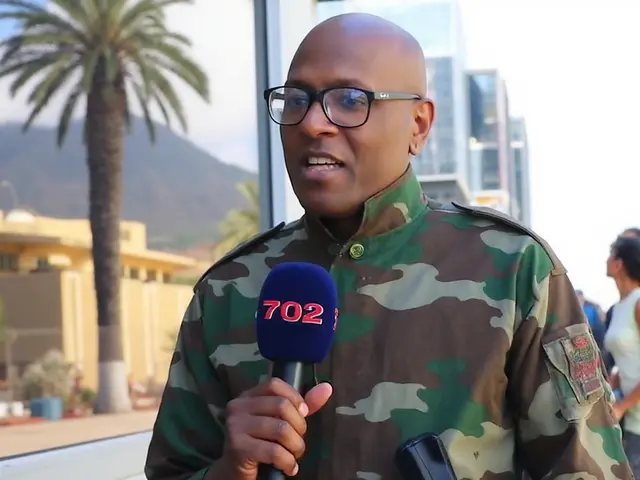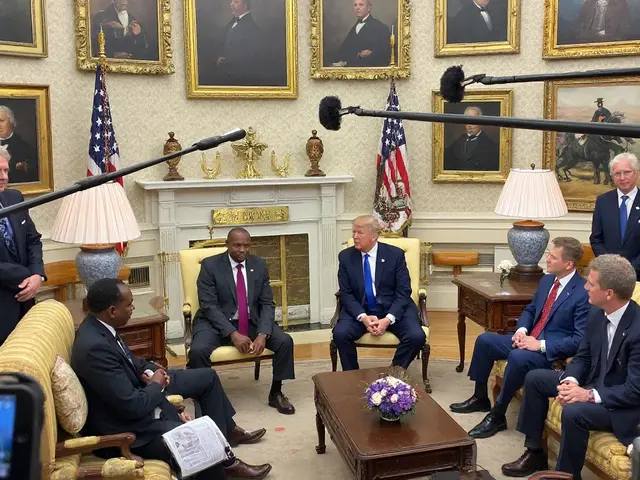The Story Behind the Fear: Who is Bobedi?
In the gritty heart of South African townships, Bobedi’s name used to spark instant fear. People called him ‘Terror’—not because he wanted the label, but because he lived up to it. Yet ‘State of Violence’ doesn’t settle for a lazy portrait of a thug gone bad. It gets personal, diving deep into the moments and social currents that forged Bobedi into the person everyone dreaded. The movie flips between past and present, showing a young man caught in the quicksand of poverty, expectation, and pain. His early choices, shaped by his rough environment, set the stage for a lifetime of confrontation.
The film wastes no time showing the impact of violence on both sides—on the one who commits, and on the ones who survive. Through Bobedi’s eyes, viewers witness how anger, grief, and fear can burst into something uncontrollable. The scenes aren’t just there for shock value. Each flashback is carefully constructed to highlight how trauma passes from one generation to the next. When Bobedi lashes out, it’s not because he’s simply ‘bad,’ but because history seems to demand it from him. And as the audience follows him into adulthood, there’s a constant question: does he have any power left to break free from this destiny?

Understanding, Not Glorifying: Violence as a Systemic Legacy
There’s no shortage of gritty movies about crime, but ‘State of Violence’ stands out for aiming at understanding rather than celebrating brutality. Every act of violence has a context, and this film peels back the layers—forced housing, economic injustice, and a system where retribution is sometimes the only currency people understand. Bobedi’s story is one thread in a larger tapestry. Whenever he attempts to escape his past, something—be it an old grudge, a police process stuck in history, or plain old poverty—yanks him back in.
The director doesn’t shy away from showing the consequences. It’s not just Bobedi who pays; it’s the children who watch, the families left behind, and the communities that learn to expect violence as part of daily life. The actors playing Bobedi at different ages show a man haunted by choices but also by forces he never controlled. Through these moments, the audience gets a real sense of how violence isn’t just a personal failing—it’s a legacy passed down, a system kept running by hardship and pain.
The movie also challenges the idea that one good decision can stop the tide. For Bobedi and those like him, redemption, if it’s possible at all, is messy and full of setbacks. Genuine hope is hard-won. Instead of neat solutions, ‘State of Violence’ leaves viewers with tough questions. Is it possible for someone named ‘Terror’ to truly change in a world stacked against him? How do societies begin to untangle these cycles without understanding where they come from?
The film doesn’t claim to have the answer, but it’s clear about one thing: grasping the full story behind State of Violence—both the film and the real experiences it mirrors—is the only way forward.

